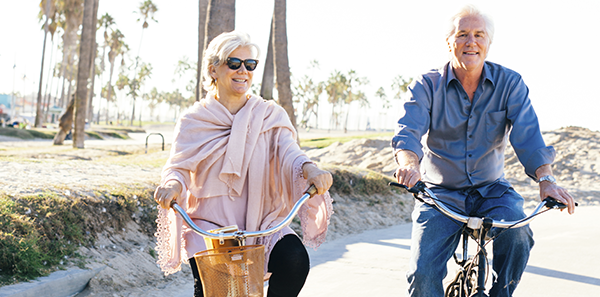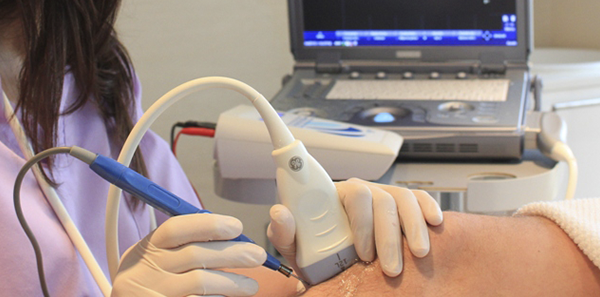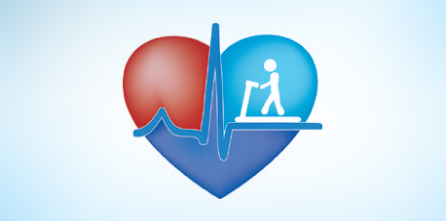
Sport and the heart. In order for a sport to not be harmful, it must be adapted t both the person and the circumstances. Cycling, like any other sport, improves health and reduces stress levels, as long as we’re not talking about a competition; in addition, all types of persons may practise it as long as they do not have any functional limitation. This is why this sport is currently one of the most popular and suitable to improve aerobic capacity, strengthen the heart and reduce the risk of cardiovascular illnesses. Cycling may be either intense or easy.
It is more recommendable, for those persons who suffer from anxiety or cardiovascular problems to practice an easy, not prolonged aerobic exercise in which cardiac frequency does not shoot up quickly, but rather increases progressively. Otherwise, intense exercise may cause more nervousness and intensify the sensation of anxiety when the heart accelerates and lack of air is perceived.
The tension of stress results of feeling overburdened, causing sometimes severe psychosomatic reactions or psychological disorders. Emotional or physical stress accelerates the heart rate, elevates blood pressure and liberates stress-related hormones. A state of permanent alertness mobilizes the organism's defenses which, upon perceiving a threat, prepare for flight by producing fat (cholesterol) as fuel. But, because this flight never really occurs, this fat is not consumed and accumulates along the walls of veins and arteries, narrowing them and difficulting blood Flow. All of this generates work overload for the heart, which may be quite dangerous, even possibly leading to a heart attack, sudden cardiac death, cardiac insufficiency or arrhythmia.
In effect, exercising is the most natural and efficient method for reducing stress and caring for oneis heart, which faces the consequences.
When practiced at an easy intensity, cycling helps to burn fat, lower cholesterol levels and reduce the possibility of ischaemic heart disease. In addition, cycling may be practices outdoors and promotes the athlete's social contact with others, increasing one's self-esteem, helping to palliate possible frustrations and simultaneously, being a perfect safety valve for releasing accumulated aggressiveness.
ASSSA Medical Services
The information published in this media neither substitutes nor complements in any way the direct supervision of a doctor, his diagnosis or the treatment that he may prescribe. It should also not be used for self-diagnosis.
The exclusive responsibility for the use of this service lies with the reader.
ASSSA advises you to always consult your doctor about any issue concerning your health












